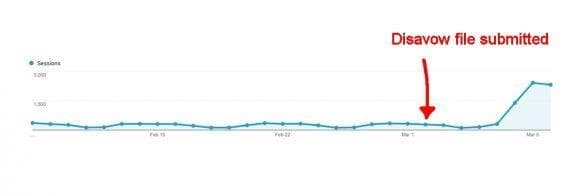Hi Daniel,
You're going to have to walk a fine line between having a page for every possible combination of filtered results that a user might search for AND appearing to have a ton of pages that are really almost identical....and suffering the wrath of Panda upon seeing what it thinks is duplicate content.
The easy way out is to have 1 page for each category, and no matter what filters are applied, rel=canonical to that category. Dupe content problem solved.
So why isn't this the ideal solution?
#1 You may be missing out on targeting combinations of categories and filters that users will commonly search for. Let's say you were selling clothing, and a category was shirts, and you had a filter for men/women/boys/girls. By making all shirts list pages rel=canonical to the overall shirts list page (with no filters), you'd be missing an opportunity to target "boys shirts".
#2 You may be missing opportunities to pour more link juice to the individual product pages. It's unclear (to me, anyway) whether Google adds the link juice from all pages rel=canonical'ed to a page, or whether Google simply treats rel=canonical as "oh ya, I've already seen & dealt with this page". Certainly in my testing I've seen places where pages rel=canonical'ed to another page actually still show up in the search results, so I'd say rel=canonical isn't as solid as a 301.
So what do you do? I'd recommend a mix. Figure out what combinations you think you can get search traffic from, and find a way to break down the complete set of combinations of filters and categories to target those, and to rel=canonical every page to one of your targeted pages.
It's entirely possible (likely, even) that you'll end up with a mix. For instance, going back to my earlier example, let's say you had another filter that was, let's say, price range. You might want to target "boys shirts", but not "boys shirts under $20". So, while "boys" was a filter value, and "under $20" was a filter value, you might rel=canonical all pages in the category "boys" with a filter value of "shirts" to your page that has just that category and that 1 filter set, regardless of setting of the price filter.
Clear as monkey poop?






